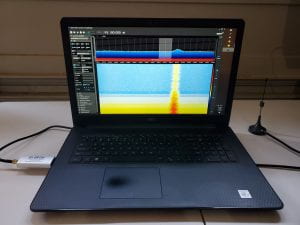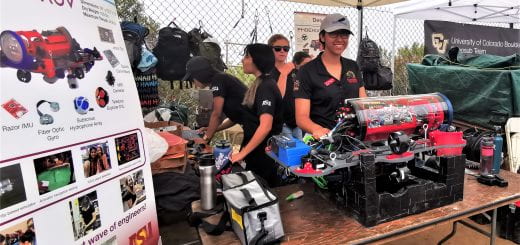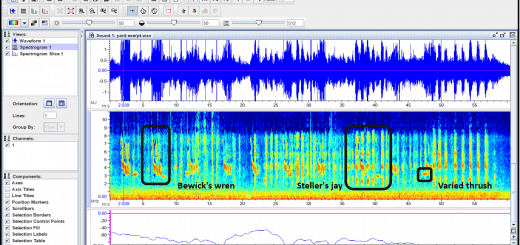Software Defined Radio – SDR
I have written about the advantages of a ham (amateur) radio license and the experimental opportunities that such a license leads to. Probably one of the easiest starting points with beginning to understand radio communication is just to purchase a $25 SDR dongle from a place like Amazon. In this case, SDR stands for software defined radio. The dongle is really a radio receiver, and free available software provides the backbone of signal processing to hear the radio. Pretty much all you need to do is download and install the software, along with a driver, then attach the often-included antenna onto the dongle and plug the it into a computer USB port and you have a broad frequency receiving radio. Installing the driver is only part that requires a bit of know-how, and there are several YouTube videos that show how this is done. SDR# (SDR-Sharp) from AirSpy is one of the more advanced programs. There are also some very good plugins that other programmers have added to SDR# making it easier to use and a more powerful tool. A user can now listen to radio signals from anywhere from around 1 Megahertz or even lower to upwards of 2.3 Gigahertz or up to 6 Gigahertz if you want to pay $300 for more complex, but just as easy to use dongle (HackerRF One)!
My own various SDR Dongles
The cheaper units can pick up your favorite FM commercial radio stations, HAM radio calls (1.25, 2, 6, 10, 15, and 160 meter wavelengths; and 23, 33 and 70 cm wavelengths), international shortwave radio, CB radio, the International Space Station broadcasts, NOAA satellites, police/emergency medical services, aircraft navigation, marine, Internet of things band, military, hand held walkie-talkies, and more. It is truly amazing what $25 can purchase as a radio. And, if you are up to it, you can add more software features that can decode some of the digital broadcasts and display satellite pictures of earth or record data from remote data sensors. You can even make your own radio telescope to detect some of the very weird things in our Milky Way Galaxy.
We are looking at SDR as a way to record data from sensors placed in our environment.
Here is my brief look at the computer interfaces of two of free software systems:
Here is some good installation tutorial:
and a good overview:





The quality and quantity of work produced here are absolutely informative. Thanks for sharing. 토토 커뮤니티
최고의 메이져 먹튀검증 이곳에서 즐기세요
여기가바로 먹튀검증 배팅의성지
에볼플레이 먹튀검증 안전노리터
이용이유가생기는곳 먹튀검증 안전노리터 go